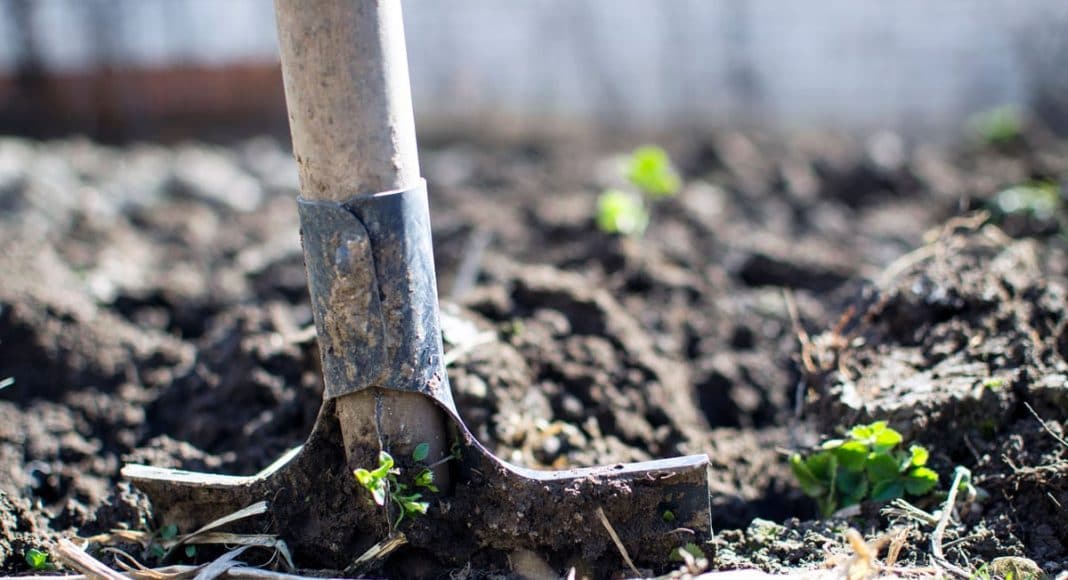Oil spills are one of the world’s most damaging accidents, leaving thousands of marine animals in danger while also leaving an impression on the ecosystem that’s hard to get rid off. These spills are also incredibly expensive, costing billions of dollars for governments and leaving them in debt. Now hemp can you be used to clean up oil spills.
These toxic oil spills pose many troubles for the world and the ecosystem. When they’re swallowed by animals, they can clog their breathing systems, and when the oil is spilled in their habitats, it can impair their movement. The main way people get rid of the oil’s imprint is through the use of chemicals, which sometimes can cause more harm than good, making the oil dissolve into the air, which will later rain down and harm animals, humans and the Earth.
Oil spills are a very complicated problem, but all is not lost when it comes to finding ways of coping with them. According to a study from 1999, hemp could provide a viable solution for absorbing oil spills. This study, conducted by the US Navy, discovered that the plant kenaf absorbs the oil very well. This plant is part of the Hibiscus family, and the report concludes that “kenaf could be used as an excellent sorbent of oil and also as a carrier of microorganisms for bioremediation of petroleum wastes.”
According to GreenFlower, this absorbing power of the plant is due to it’s core fiber, which can also be found in hemp. These plants would offer a great solution for oil spills, providing much better results than the chemicals that are currently being used and that damage the environment, perpetuating cycles of waste.
Hemp is still not ready to be used for cleaning up oil spills due to a couple of reasons: first, cultivating hemp is much more expensive than using chemicals, and second, hemp is still a federally illegal crop. If companies were to invest in hemp as a valid option for treating the consequences of oil spills there would need to be a switch in the country’s politics and a reshuffling of oil companies’ priorities.


